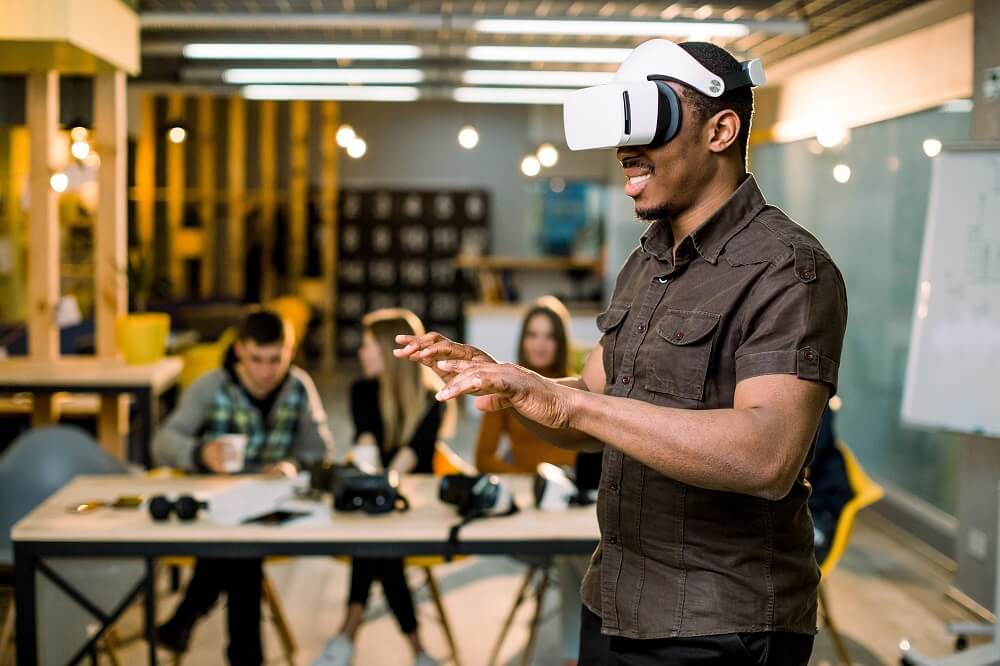The workplace is evolving rapidly, driven by advancements in technology and changing employee expectations. As organizations strive to stay ahead in a competitive landscape, they must adopt innovative approaches to empower their workforce and maximize performance. One such approach is immersive learning, a transformative method that leverages virtual reality (VR) and augmented reality (AR) technologies to deliver engaging and interactive training experiences. In this blog post, we will explore the future of work and the profound impact of immersive learning on workforce performance.
Enhancing Learning Effectiveness: Immersive learning offers a paradigm shift from traditional content-driven training to strategy-driven learning experiences. By immersing employees in realistic virtual environments, they can actively participate in simulated scenarios that mimic real-world challenges. This hands-on approach enhances learning effectiveness by promoting experiential learning, critical thinking, and decision-making skills. We’ll delve into the benefits of immersive learning and how it enables employees to acquire knowledge and skills in a more engaging and impactful way.
Fostering Collaboration and Communication: Effective collaboration and communication are vital for high-performing teams. Immersive learning facilitates collaboration by creating shared virtual spaces where employees can collaborate, communicate, and solve problems together. Through VR and AR technologies, remote teams can virtually meet, exchange ideas, and work on projects as if they were in the same physical location. We’ll explore how immersive learning fosters collaboration and breaks down geographical barriers, enabling organizations to build agile and globally connected teams.
Driving Employee Engagement and Motivation: Employee engagement and motivation are key drivers of workforce performance. Immersive learning captivates employees’ attention and creates a sense of excitement and curiosity. By providing immersive experiences that challenge and inspire, organizations can cultivate a learning culture and boost employee engagement. We’ll discuss how immersive learning motivates employees to actively participate in training programs, leading to increased knowledge retention, skill development, and overall job satisfaction.
Agile Skill Development and Upskilling: In today’s fast-paced business landscape, organizations must adapt quickly to changing market demands. Immersive learning offers a dynamic platform for agile skill development and upskilling. Employees can engage in virtual simulations and scenarios that mimic real-world challenges, allowing them to practice and refine their skills in a risk-free environment. We’ll explore how immersive learning enables organizations to address skill gaps, foster continuous learning, and equip employees with the competencies needed to thrive in an evolving workplace.
Measurable Results and Return on Investment: Organizations seek tangible results and a positive return on their training investments. Immersive learning provides the opportunity to measure training outcomes more effectively. Through data analytics and performance tracking, organizations can assess employee progress, identify areas for improvement, and make data-driven decisions to optimize their training initiatives. We’ll discuss the importance of measuring the impact of immersive learning and how it contributes to the overall success of an organization.
The future of work is centered around embracing innovative approaches that enhance workforce performance. Immersive learning stands at the forefront of this revolution, offering a transformative way to empower employees, foster collaboration, and drive organizational success. By embracing immersive learning, organizations can equip their workforce with the knowledge, skills, and competencies needed to thrive in a rapidly evolving business landscape. Get ready to unlock the potential of immersive learning and shape the future of work.






